Bottled Water Proven To Contain Particles Which Can Enter Your Brain
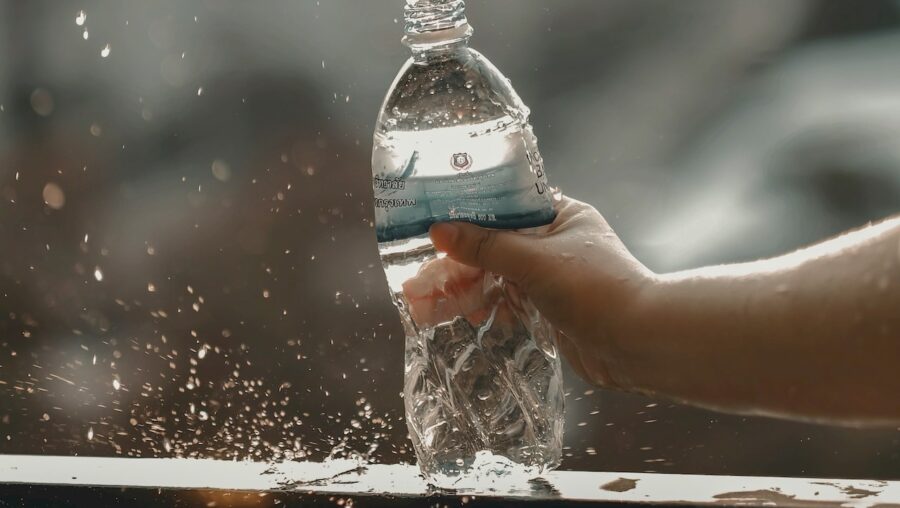
Researchers from Columbia University have found that bottled water contains an alarming amount of nanoplastics – synthetic polymers with dimensions between 1 nm to 1 μm. These particles result from the disintegration of plastic waste and are widely detected in the food chain. Nanoplastics can enter living organisms, cross biological barriers, and gather in vital organs such as the brain.
Plastic Fragments In Bottled Water

Published in the Proceedings of the National Academy of Sciences, the study used advanced technology to venture into the largely uncharted realm of nanoplastics.
Contrary to earlier estimates, researchers discovered an average of 240,000 detectable plastic fragments per liter of bottled water, which is 10 to 100 times higher than previous calculations based on larger sizes.
Unlike their larger microplastic counterparts, nanoplastics are so minute that they can traverse the intestines and lungs, entering the bloodstream.
Raising Massive Concerns
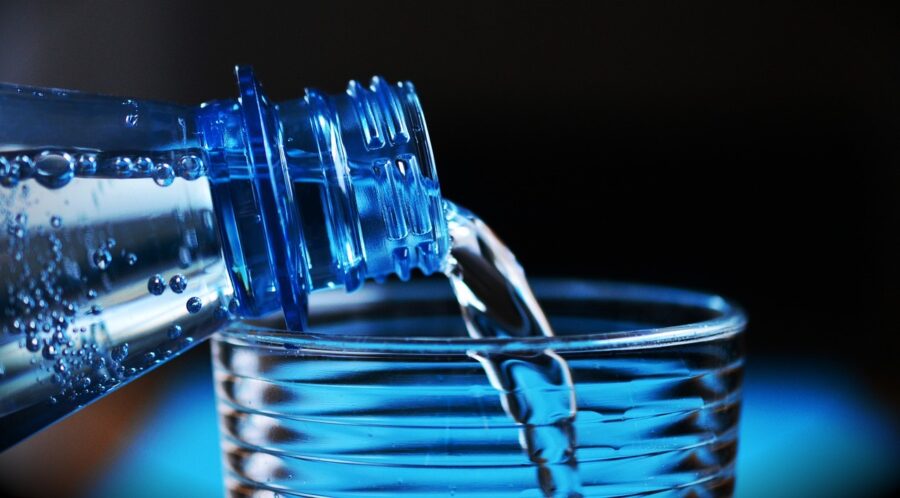
These particles can also infiltrate individual cells and pass through the placenta to unborn babies. These findings raise significant concerns for medical scientists desperately trying to determine the potential effects on various biological systems.
Beizhan Yan, co-author of the study and an environmental chemist at Columbia University’s Lamont-Doherty Earth Observatory, emphasized the significance of the research into bottled water. Previously, this was just a dark area, uncharted.
Toxicity studies were just guessing what’s in there,” Yan explained. “This opens a window where we can look into a world that was not exposed to us before.”
Too Much Bottled Water?
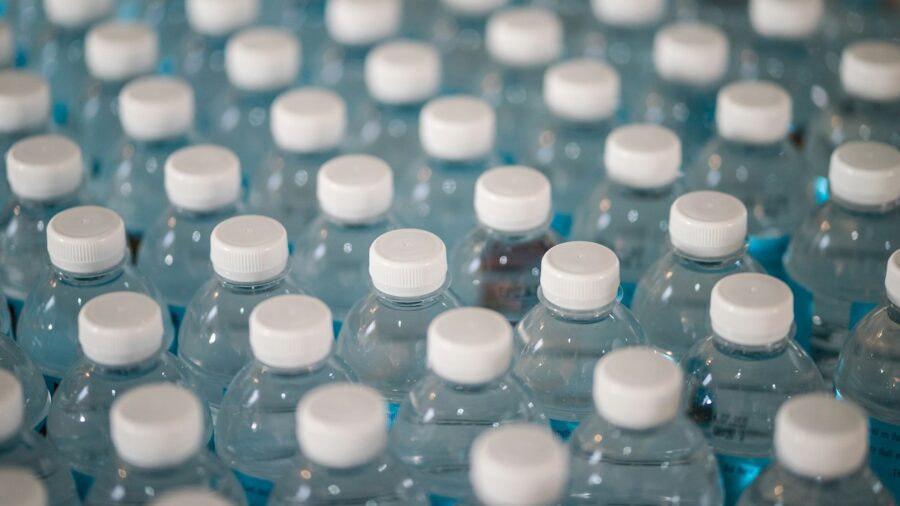
The global production of plastics has reached staggering proportions, nearing 400 million metric tons annually.
Over 30 million tons are discarded into water or on land, with many plastic products shedding particles during use. Unlike natural organic matter, plastics do not benignly break down. Instead, they continually fragment into smaller particles of the same chemical composition.
Public Scrutiny

Bottled water came under public scrutiny in 2018 when a study detected an average of 325 plastic particles per liter.
Subsequent studies revealed even higher numbers, leading scientists to suspect that more particles existed beyond their estimates, particularly in the nano-size range.
The study used stimulated Raman scattering microscopy, a technique co-invented by study co-author Wei Min, a Columbia biophysicist.
Most Popular Brands
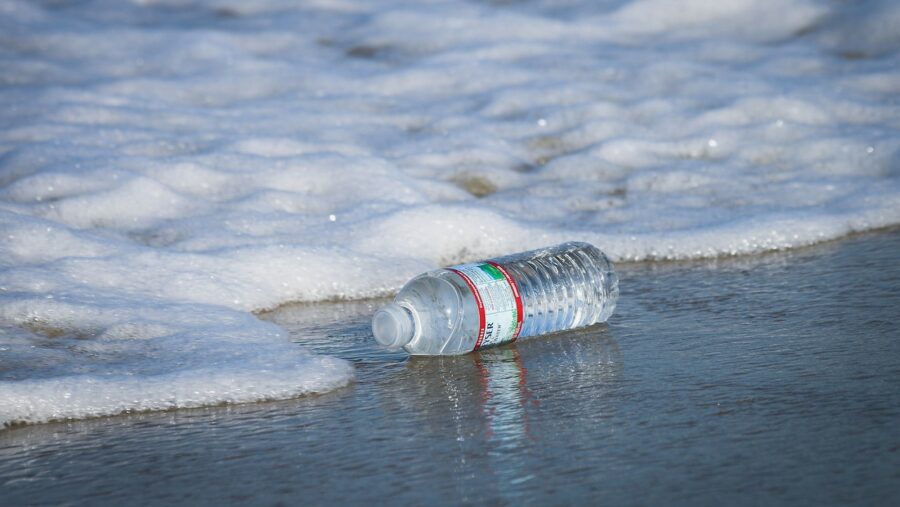
This method allowed researchers to count and identify individual nanoplastic particles, offering a more detailed understanding of their composition and potential implications.
Three popular bottled water brands sold in the United States were analyzed, revealing 110,000 to 370,000 particles per liter, with 90 percent being nanoplastics and the rest microplastics.
The study identified seven specific plastics commonly used in bottled water and filters, including polyethylene terephthalate (PET) and polyamide.
The most unsettling aspect of the revelation is that the seven plastic types studied accounted for only 10 percent of the nanoparticles found. The remaining 90 percent remain unidentified.
Nanoparticles In Bottled Water
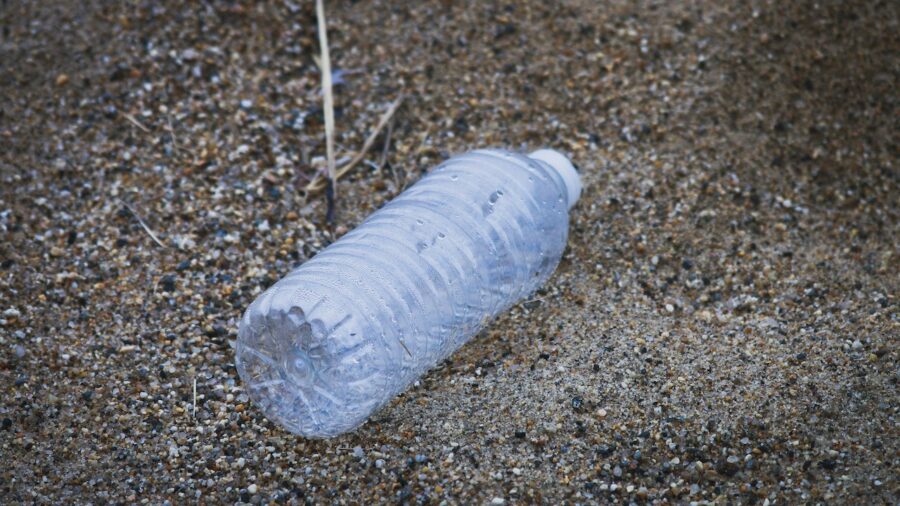
The study’s lead author, Naixin Qian, a Columbia chemistry graduate student, emphasized the research’s significance in unveiling a previously hidden plastic in bottled water.
“People developed methods to see nanoparticles, but they didn’t know what they were looking at,” said Qian. The study not only detected nanoplastics but also identified their shapes, a valuable asset in biomedical research.
The researchers are expanding their investigation beyond bottled water, with plans to scrutinize tap water, microplastics in laundry wastewater, and even particles collected from snow in Antarctica.
Collaborating with environmental health experts, they aim to measure nanoplastics in various human tissues and explore their developmental and neurologic effects.











